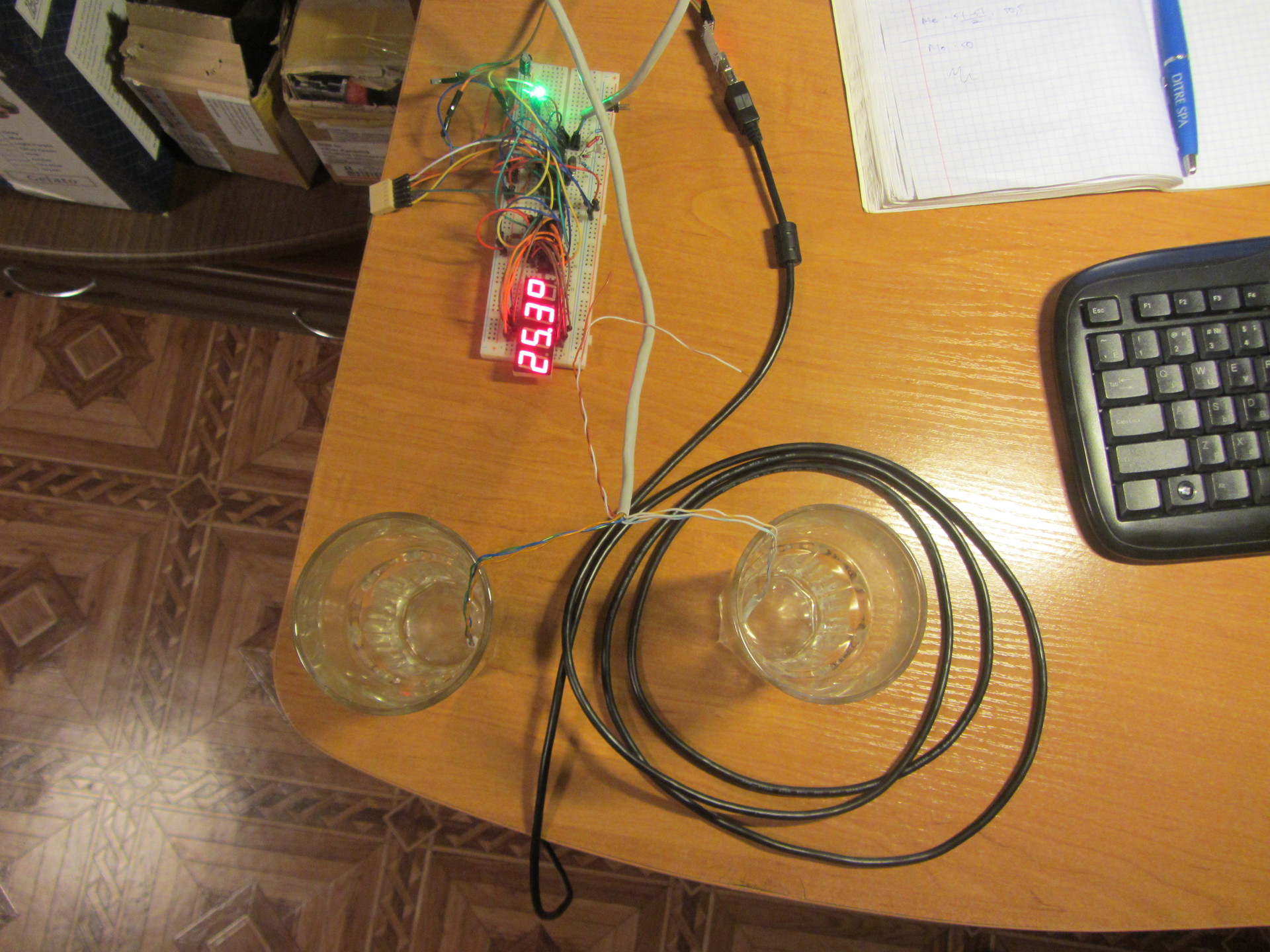To blow or not to blow?
Everyone knows that tea cools faster if it blows. But I became interested in the effectiveness of such a procedure in numbers. Therefore, I set up an experiment, the essence of which is shown in the picture below. If you are interested in the results, welcome to cat.

The essence of the experiment is as simple as a door. Two identical glasses pour the same amount of water equal to the temperature. Two identical sensors (DS18B20) transmit data to a computer, where the temperature is plotted in graphs. Blowing one of the glasses - we fix the changes. The “calibration” procedure is shown below, the essence of which is to obtain the relative difference in the readings of two sensors in the same conditions.


Schedule of changes when cooling a glass with heated water to room temperature:

In this experiment, we are more interested in relative accuracy than absolute. And, as can be seen from the graph below, the difference in the readings of the two sensors is less than a degree in the temperature range of the experiment.

The experiment itself. On glasses you can see the marks of the water level. We begin to blow after about 5 minutes, so that the experiment is cleaner.


Graphs of absolute:

And relative temperatures:

Conclusions: The experimental results speak for themselves. If you want to cool the tea faster, you should definitely blow.
The essence of the experiment is as simple as a door. Two identical glasses pour the same amount of water equal to the temperature. Two identical sensors (DS18B20) transmit data to a computer, where the temperature is plotted in graphs. Blowing one of the glasses - we fix the changes. The “calibration” procedure is shown below, the essence of which is to obtain the relative difference in the readings of two sensors in the same conditions.
Schedule of changes when cooling a glass with heated water to room temperature:

In this experiment, we are more interested in relative accuracy than absolute. And, as can be seen from the graph below, the difference in the readings of the two sensors is less than a degree in the temperature range of the experiment.

The experiment itself. On glasses you can see the marks of the water level. We begin to blow after about 5 minutes, so that the experiment is cleaner.
Graphs of absolute:

And relative temperatures:

Conclusions: The experimental results speak for themselves. If you want to cool the tea faster, you should definitely blow.
